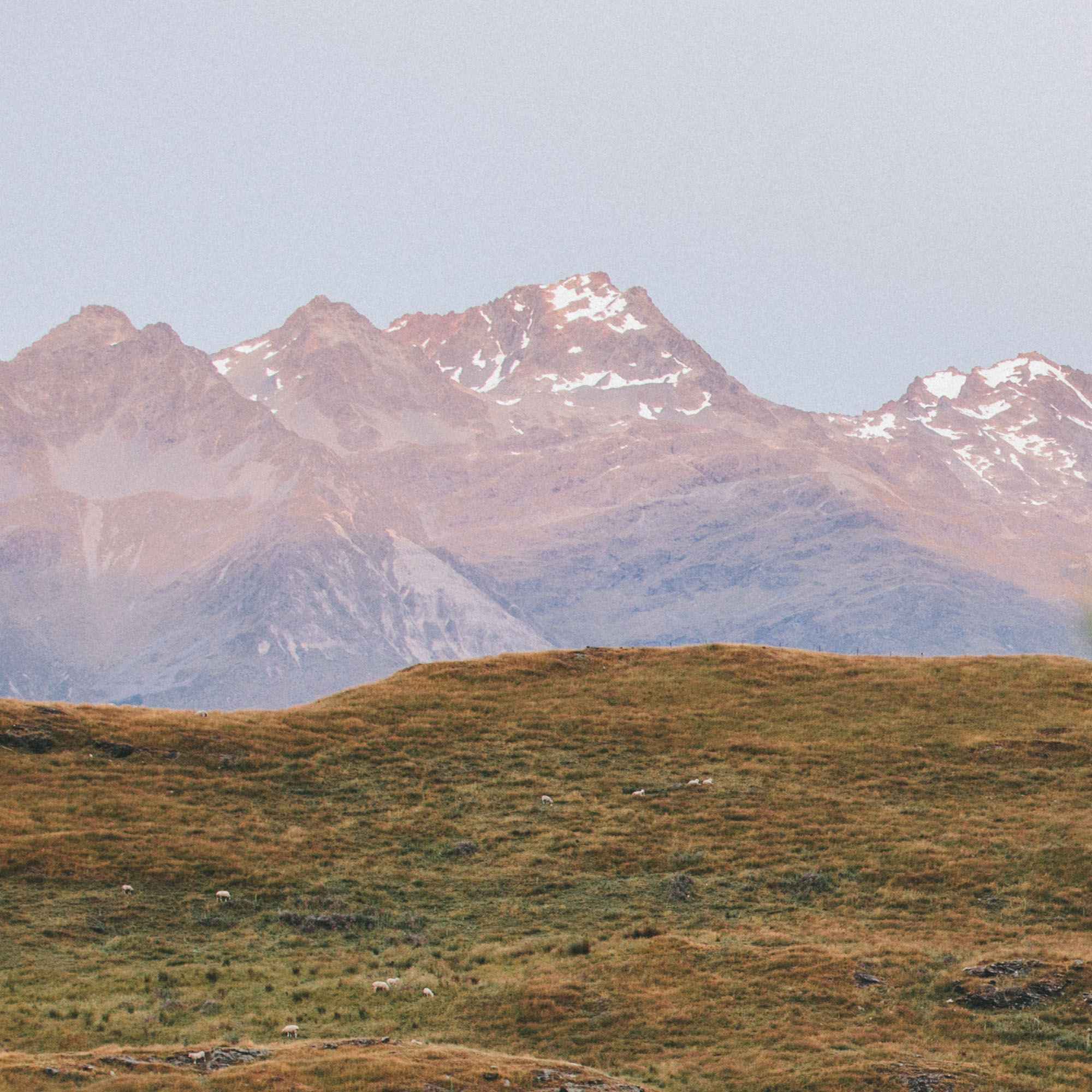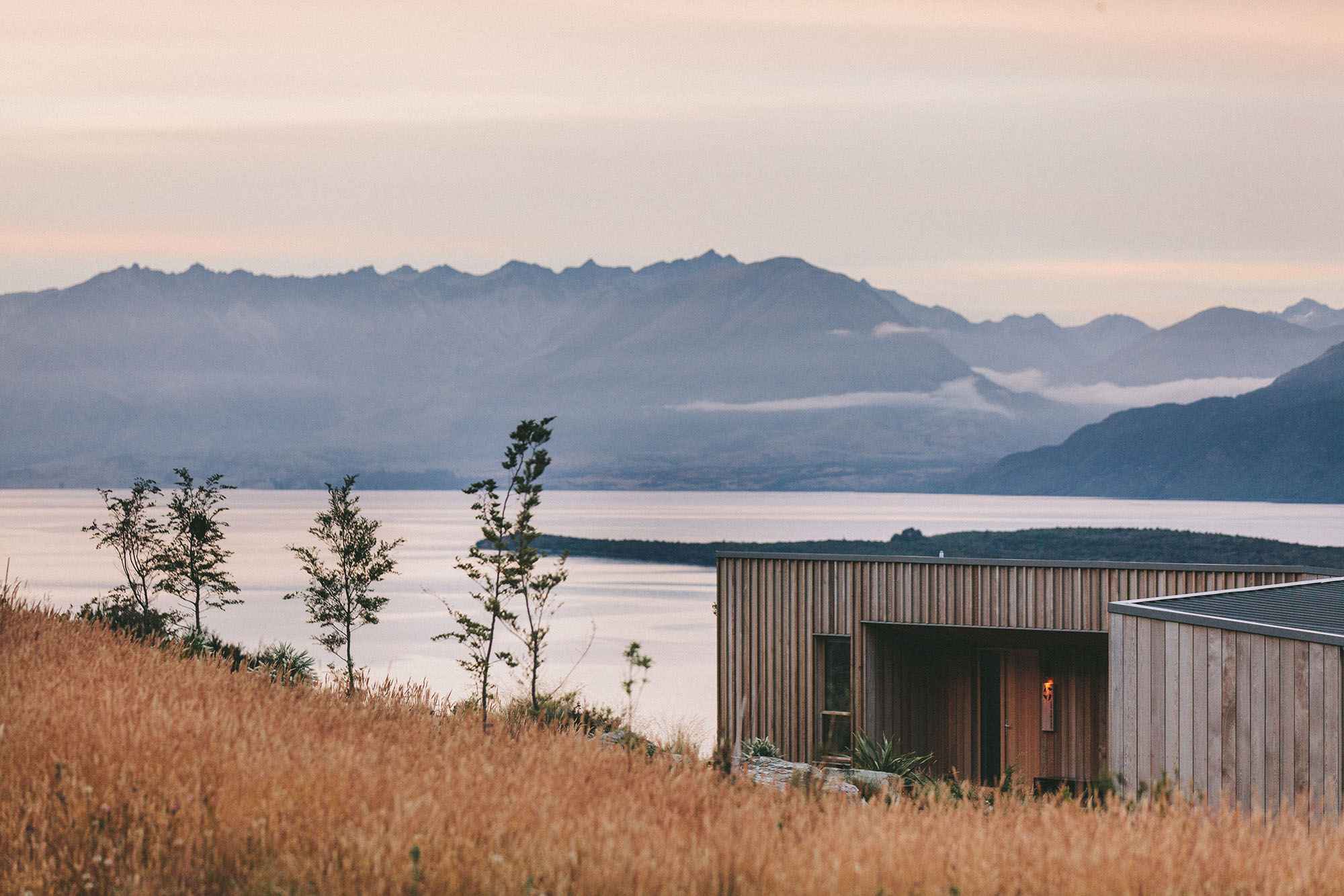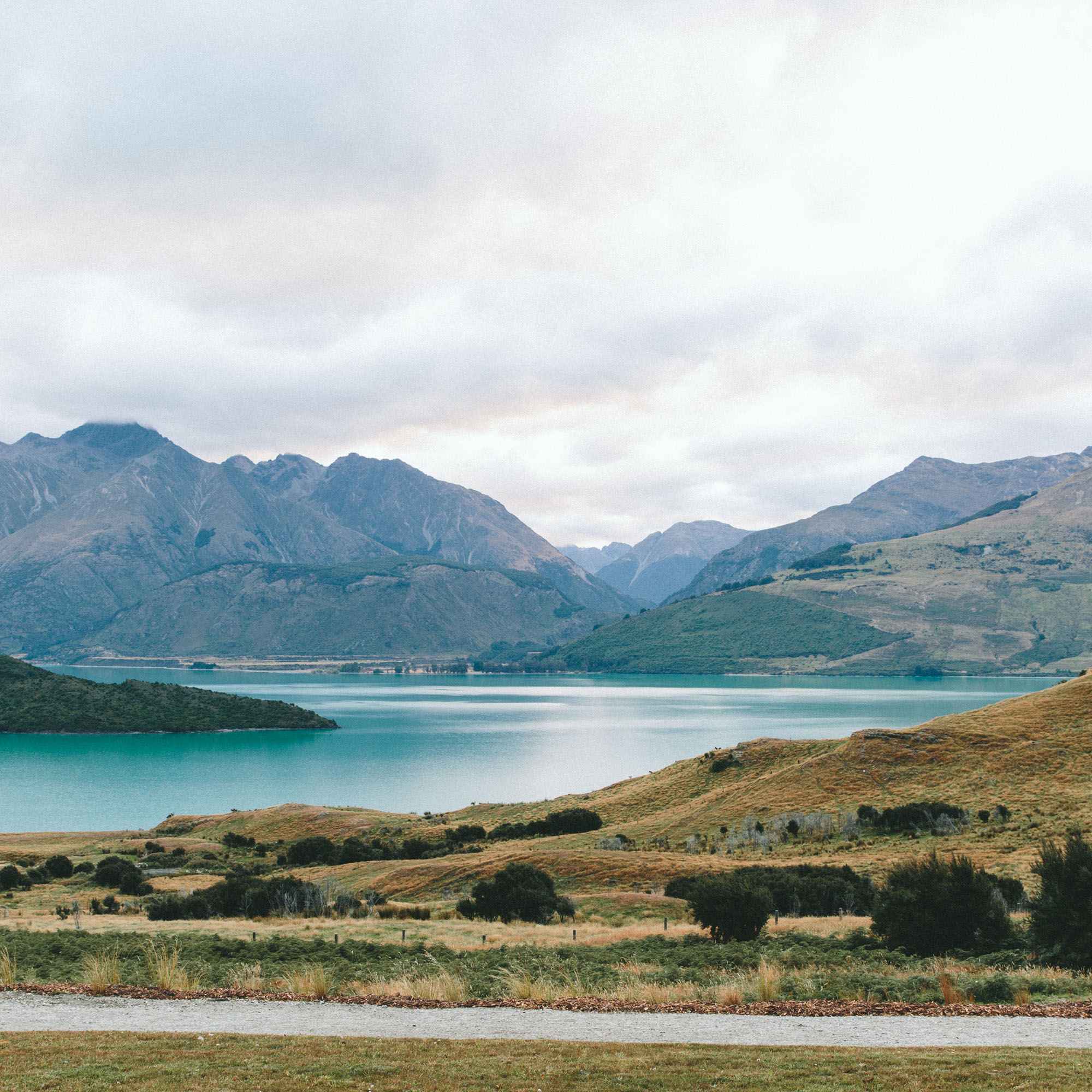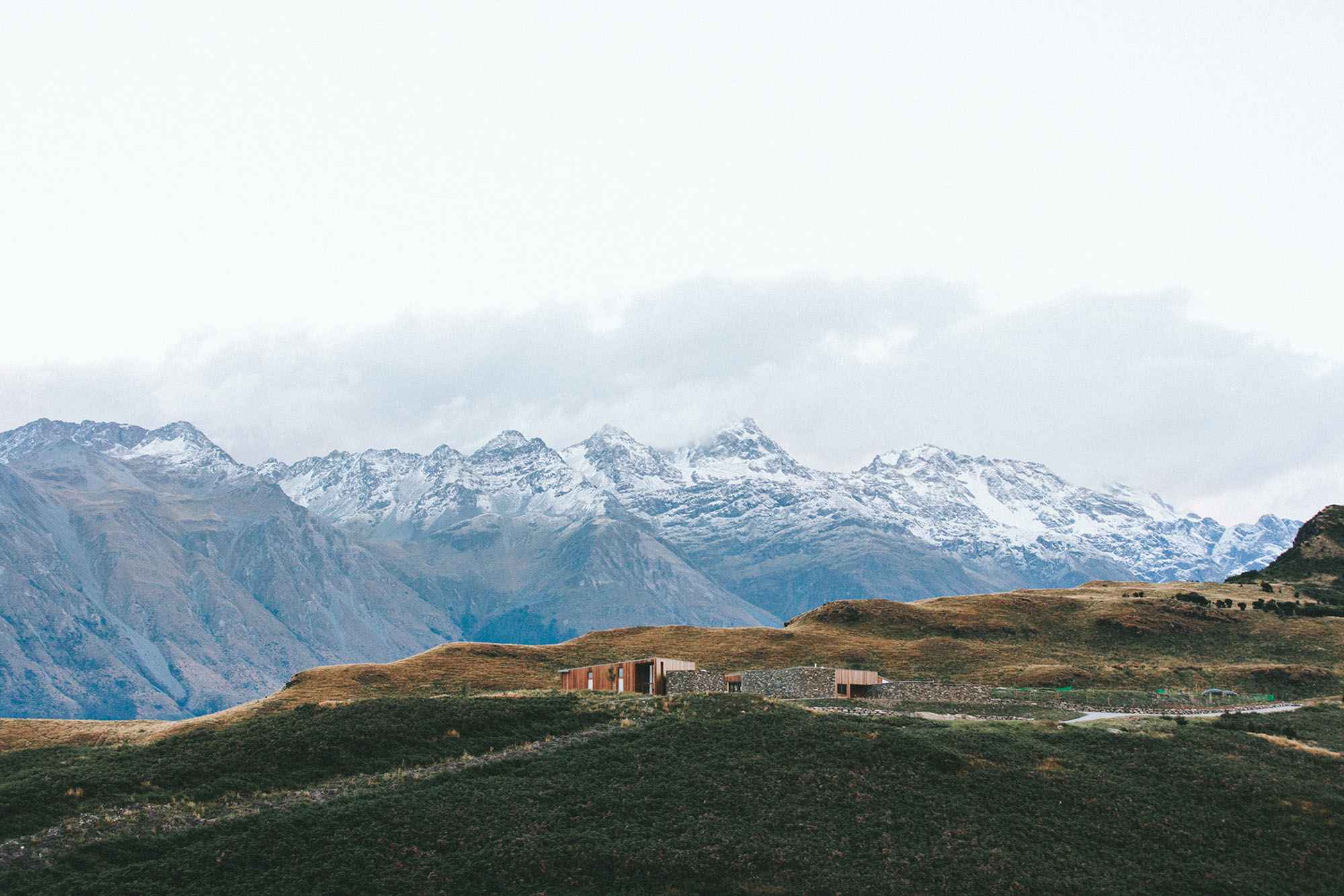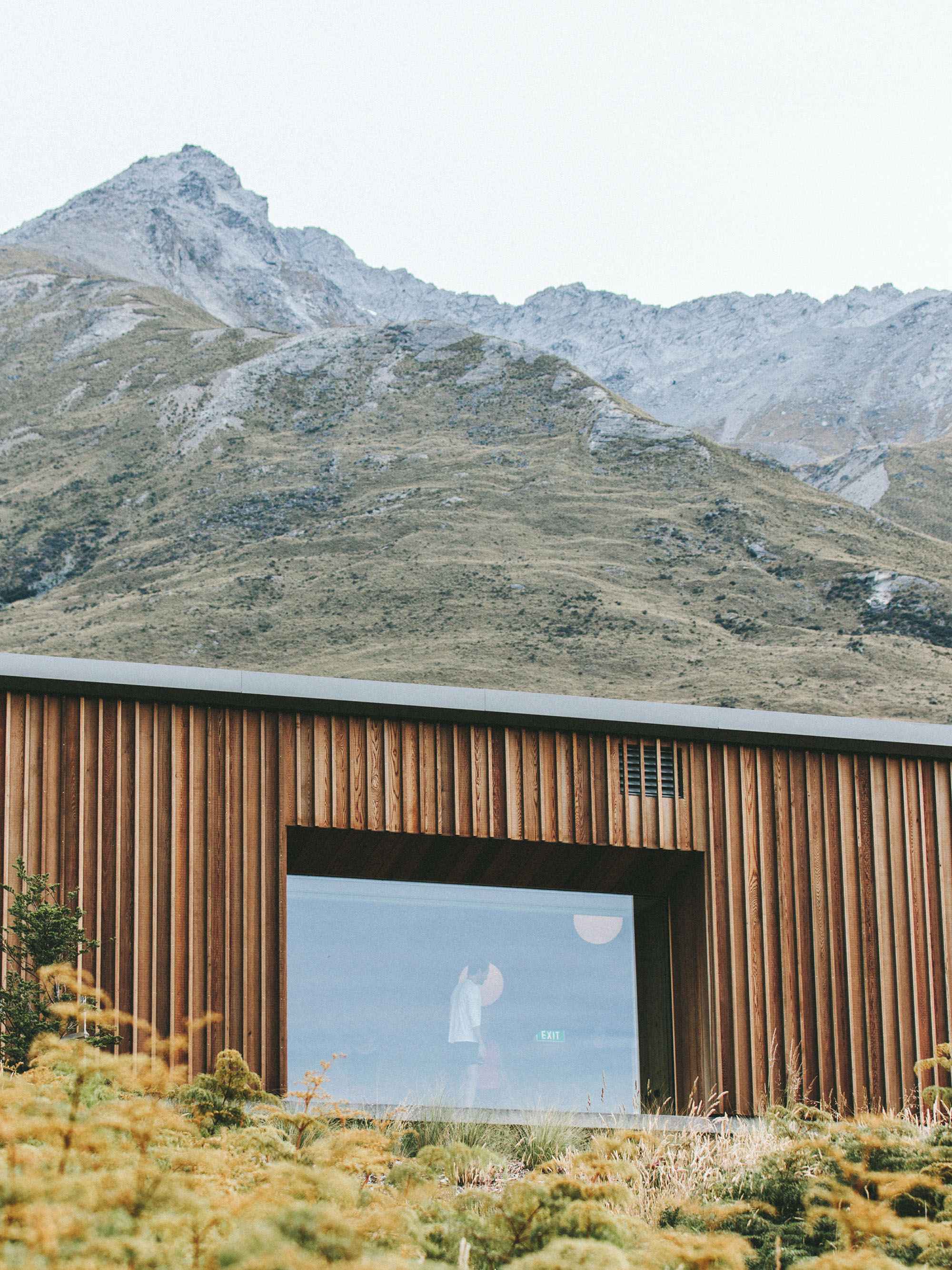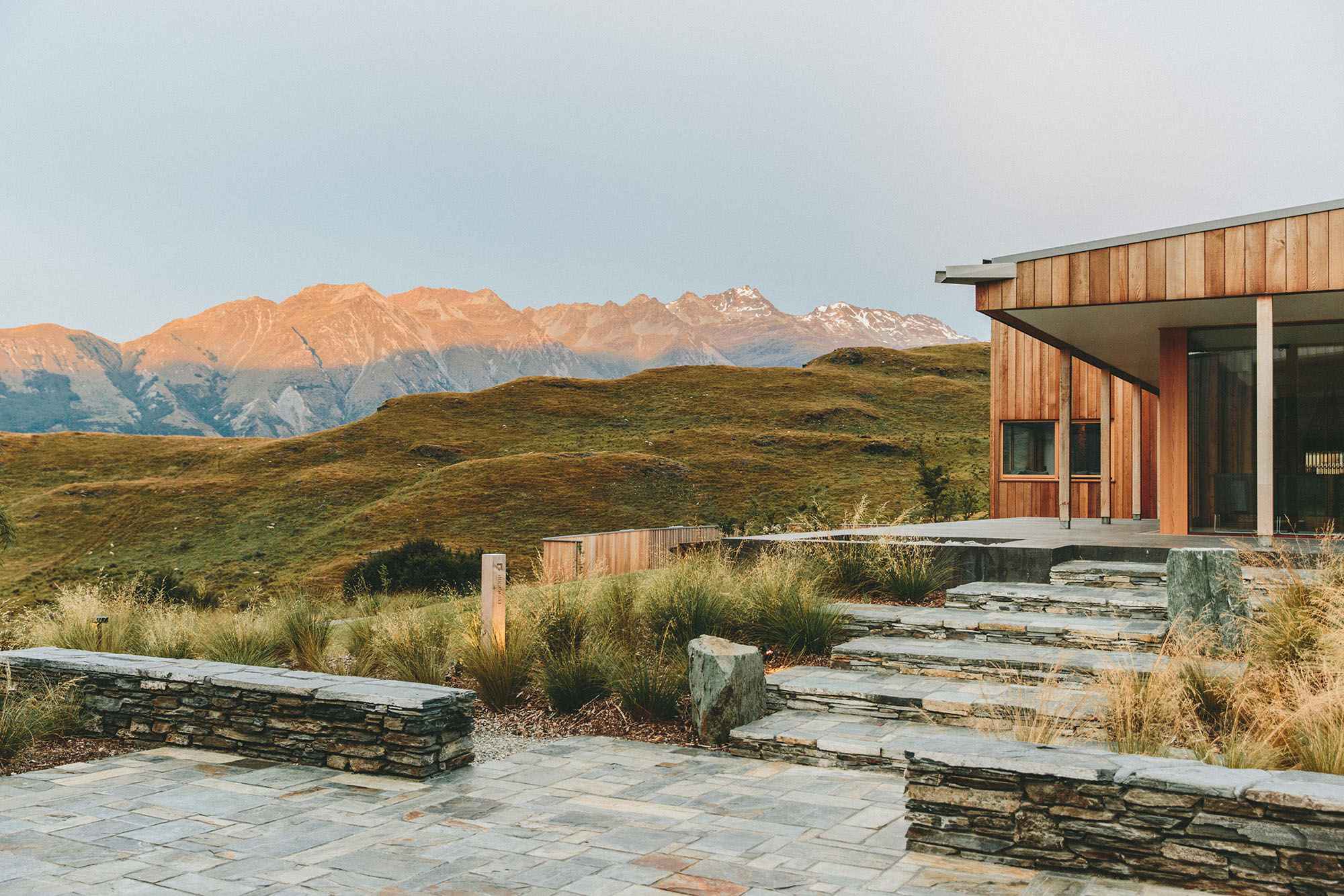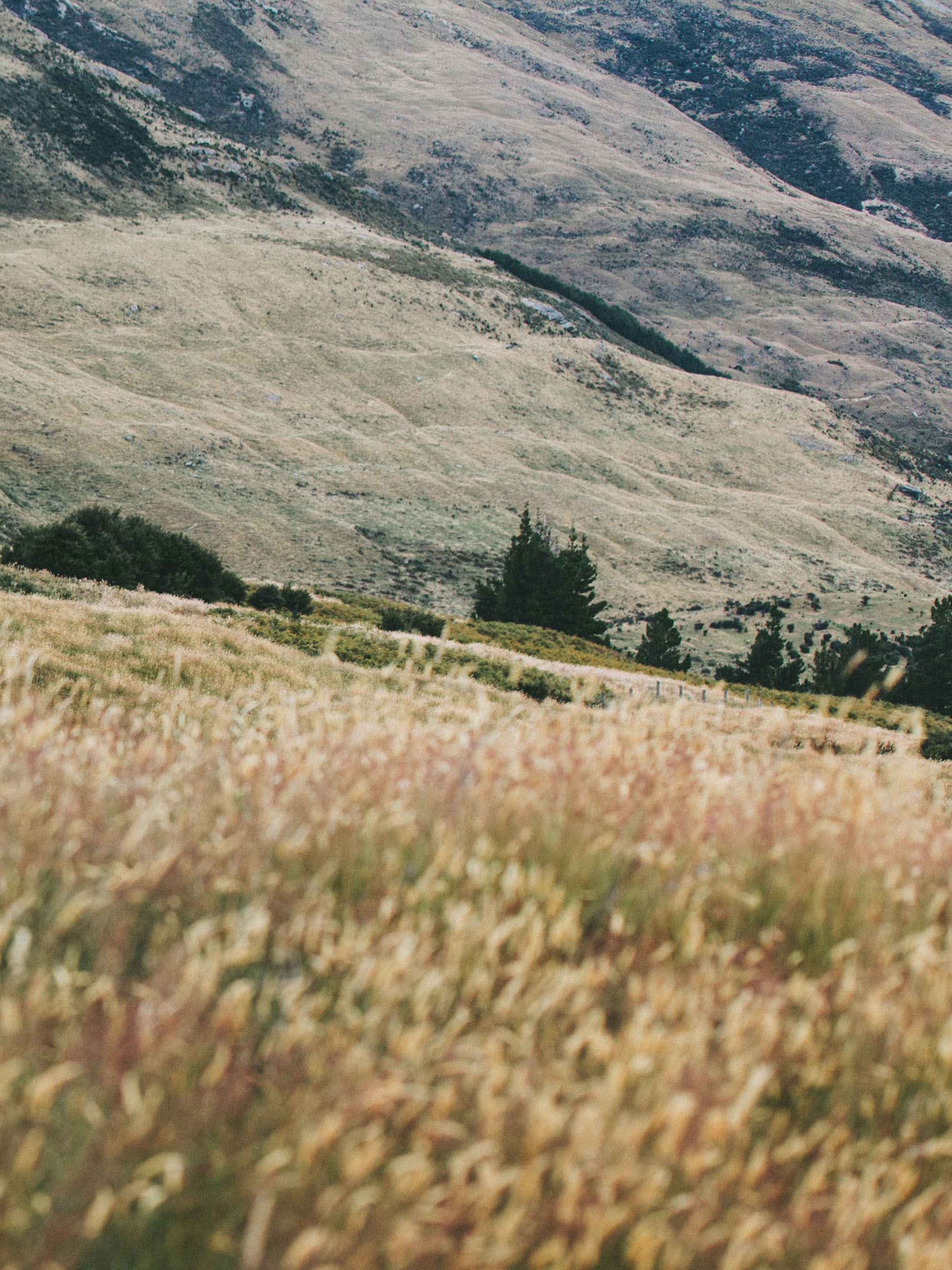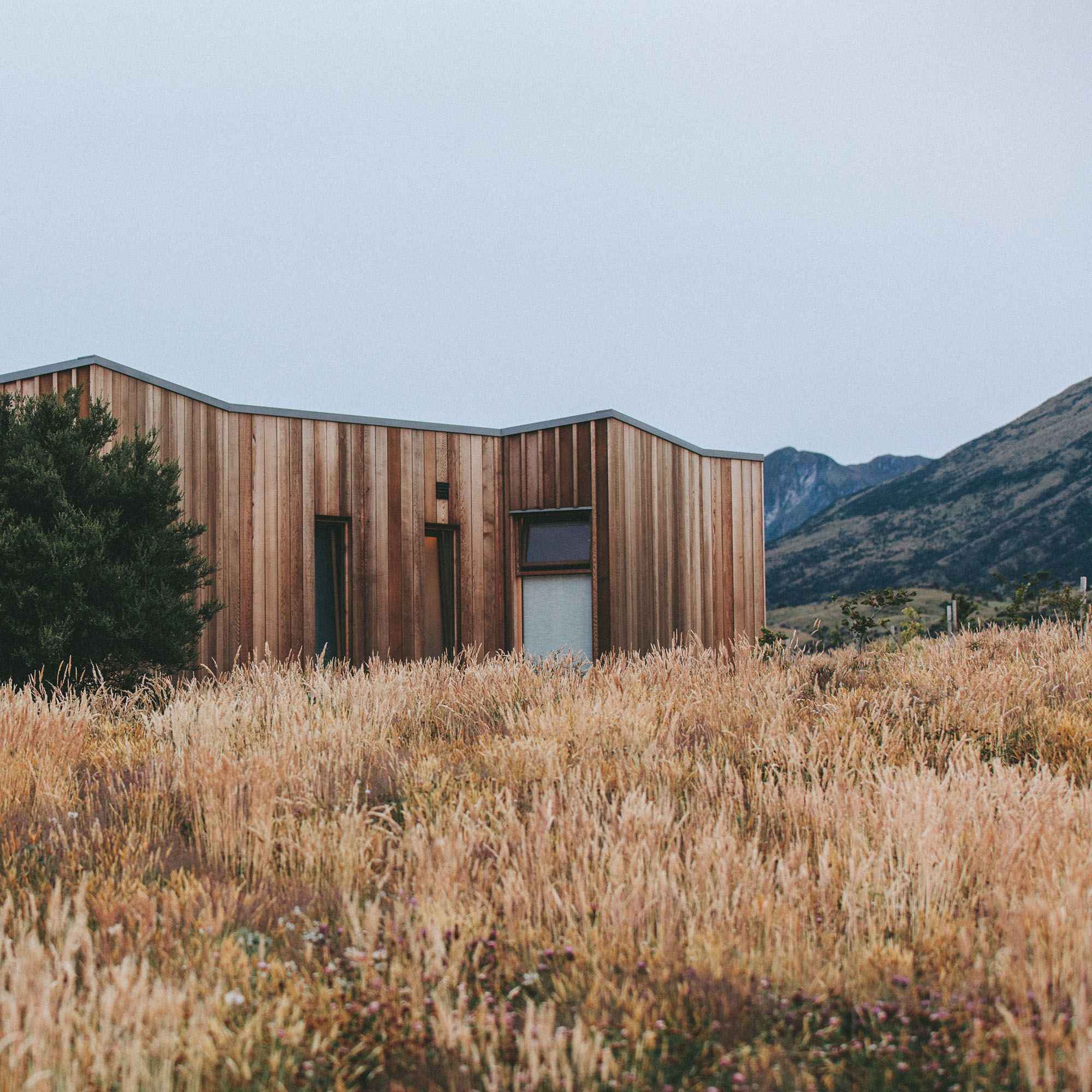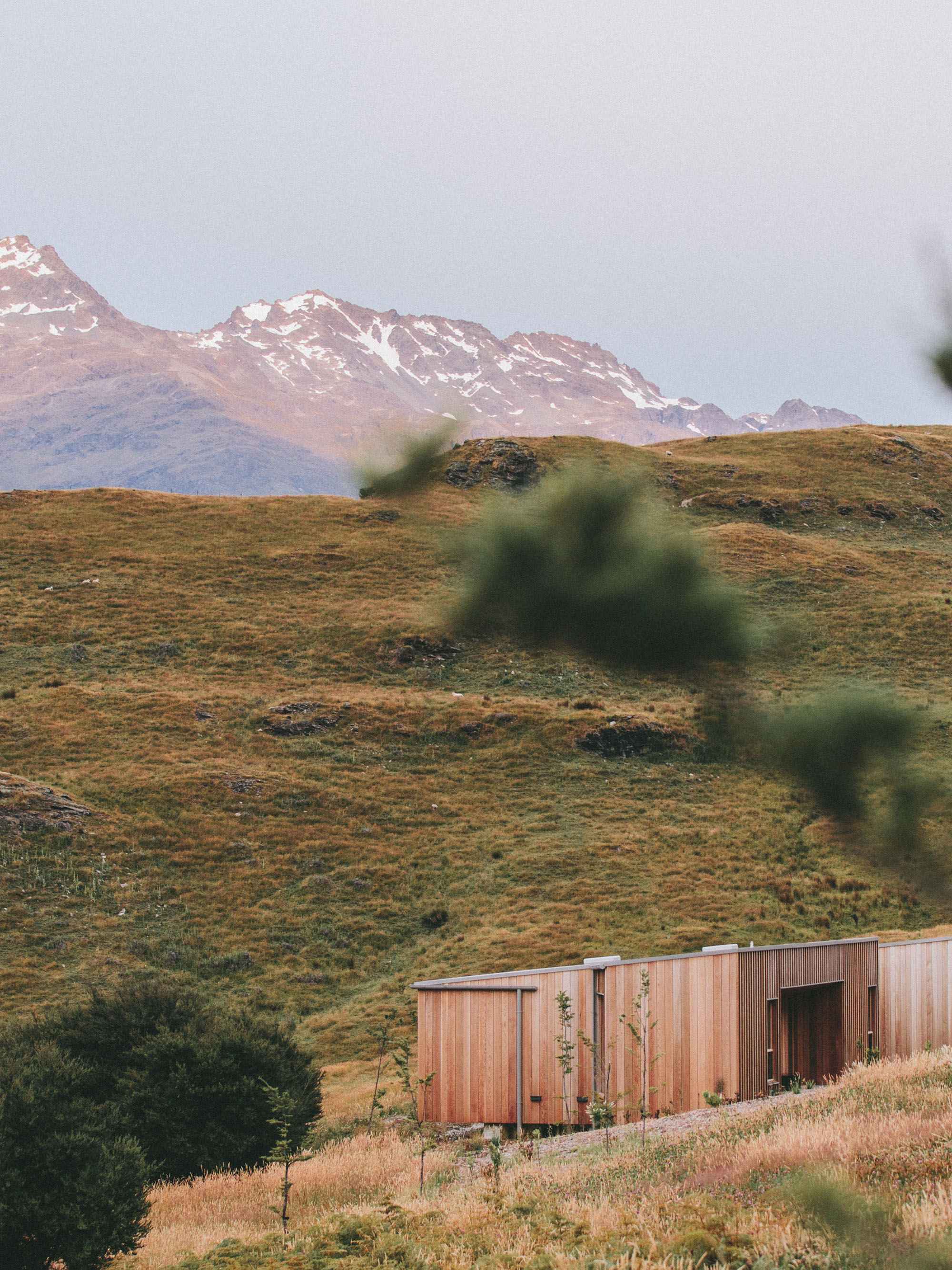Greetings to all from Storage Room 2. My name is Daniel Ksepka, and I joined the Bruce Museum in June as Curator of Science. This is my first post to our collaborative blog, so it may be best to start with a brief introduction. Museums have always been my favorite places, and as a lover of birds (fossil and living), natural history collections feel like my own personal natural habitat. Before arriving at the Bruce, I completed my Bachelor's Degree at Rutgers University where I spent much time at the wonderful and eclectic Geology Museum (home of mastodons, mummies, and minerals). Later, I earned a PhD through Columbia University's joint program with the American Museum of Natural History.
As Curator of Science at the Bruce Museum, I spent much time in our blog's namesake, Storage Room 2. My responsibilities include collecting data from our remarkable natural history collections, acquiring new specimens, arranging for their long-term conservation, and organizing their use in exhibitions. Over the next few months, I hope to share some of the interesting stories behind our collections and a bit of behind-the-scenes content as we prepare the coming seasons science exhibitions.












